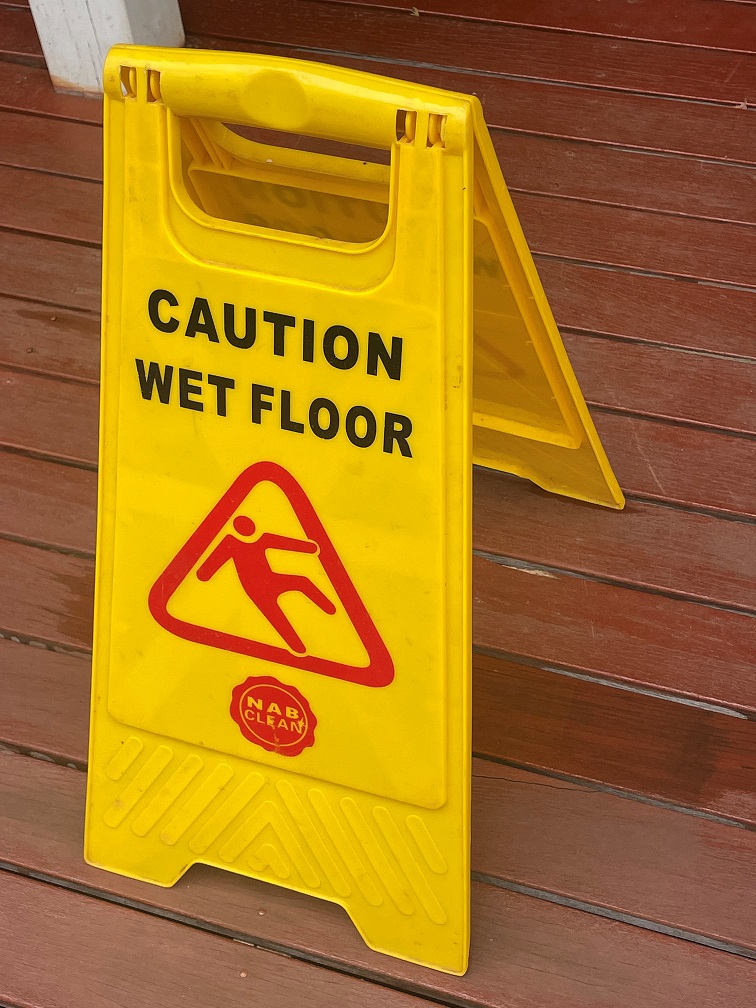 The success of a project or a business depends on the ability of the business to identify and score any risks that could impact the project. Risks in workplaces are unavoidable, but they can be controlled. Having a risk register software helps keep track of possible risks that may occur and harm workers.
The success of a project or a business depends on the ability of the business to identify and score any risks that could impact the project. Risks in workplaces are unavoidable, but they can be controlled. Having a risk register software helps keep track of possible risks that may occur and harm workers.
 It is a digital tool used in risk management to identify potential setbacks within the company or a project and fulfilling compliance standards. A risk register software identifies, analyzes, and manages potential hazards within the business or project.
It is a digital tool used in risk management to identify potential setbacks within the company or a project and fulfilling compliance standards. A risk register software identifies, analyzes, and manages potential hazards within the business or project.
 - Risk identification number
- Risk identification number